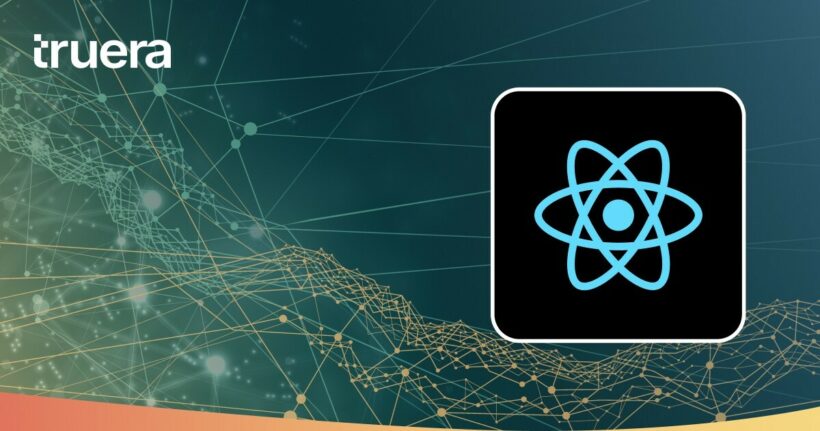Large Language Models (LLMs) have demonstrated remarkable performance across a wide range of tasks, from text summarization to generation of new content. However, their potential for reasoning and acting tasks has been mostly unexplored. This is rapidly changing with the development of frameworks such as ReAct, where LLMs are used to generate both reasoning traces and task-specific actions. In this post, we discuss the potential of the React framework and its impact on a wide range of tasks from question-answering to interactive decision-making.
The need for interleaved reasoning and action generation
Traditionally, LLMs’ capabilities for reasoning and acting tasks have been studied separately. However, by interleaving these two domains we can substantially improve models’ quality. On one hand, reasoning traces help the model navigate through intricate chains of thought, enabling it to induce, track, and adapt action plans on the fly. When faced with complex tasks, reasoning traces become invaluable, allowing the model to handle exceptions, update its strategies, and maintain a coherent narrative.
On the other hand, task-specific actions are the levers and buttons that the model can pull and push to interact with external sources, either knowledge bases or virtual environments. Actions are the tangible manifestations of a model’s understanding and intent, enabling it to gather additional information, retrieve relevant data, or initiate a sequence of steps to accomplish a goal.
The ReAct Framework
One of the main strengths of the ReAct framework is its ability to mitigate issues like hallucination and error propagation in chain-of-thought reasoning. ReAct not only navigates the vast flow of information with precision but also generates human-like trajectories for solving tasks. These trajectories are more interpretable and effective compared to baselines that lack reasoning traces.
ReAct’s prowess goes way beyond static information retrieval tasks. In interactive decision-making benchmarks like ALFWorld and WebShop, ReAct has outperformed imitation and reinforcement learning methods by a substantial margin. Even when prompted with just one or two in-context examples, ReAct achieves an absolute success rate improvement of 34% and 10%, respectively. This suggests that ReAct has the potential to significantly improve the performance of LLM-based apps in decision-making processes.
Challenges
Integrating LLMs with tools, APIs, and external knowledge sources, as seen in the ReAct approach, presents its own set of challenges:
- Tool selection and integration: The first challenge lies in selecting the most appropriate tools to integrate with LLMs. The suitability of a tool for a given task can vary widely, and ensuring seamless integration can be technically difficult. Plus, different tools may have different interfaces and data formats, requiring adaptability from LLMs.
- Tool knowledge and metadata: To effectively use tools, LLMs must have access to comprehensive metadata about them, including their capabilities, limitations, and how they can be invoked. Gathering and maintaining this metadata can be a resource-intensive task, and inaccuracies can lead to suboptimal tool selection and usage.
- Dynamic tool environments: Many tools and APIs are not static; they can change over time due to updates or shifts in the external environment. LLMs must be capable of adapting to these changes to ensure their continued efficacy. This requires continuous monitoring, evaluation, and adjustment of tool integration.
- Resource consumption: Running multiple tools and APIs simultaneously can be resource-intensive. Managing the computational resources required for efficient tool integration, especially in real-time applications, can be a significant challenge.
- Data Privacy: The model’s ability to access external knowledge sources may raise concerns about data privacy and security.
- Bias and Fairness: Integrating reasoning traces and actions requires careful consideration of potential biases.
- Accountability: As LLMs become more powerful, accountability for their actions becomes a pressing issue. Clear lines of accountability and oversight are essential.
Increased human interpretability
Besides improving performance metrics, the ReAct framework offers another important advantage: it enhances human interpretability of LLMs outputs, leading to high trustworthiness. Indeed, the ability to generate reasoning traces alongside actions makes the decision-making process more transparent. Users can follow the model’s thought process and understand its decision-making process, which ultimately leads to higher trust in LLM-powered applications.
Real-world applications
ReAct’s potential applications are vast and diverse. Here are some domains where ReAct can make a significant impact: In medical diagnosis and treatment planning, ReAct can provide doctors with more reasoning processes, helping them make more informed decisions. The model can also interface with medical databases to retrieve the latest research findings. In customer support, ReAct can rapidly adapt to customer inquiries, using reasoning traces to maintain context and task-specific actions to access knowledge bases and provide accurate responses. In education, ReAct can assist students with complex problem-solving, explaining its reasoning steps and accessing educational resources to aid in learning.
The way forward
The emergence of data agents represents a remarkable development in artificial intelligence. Equipped with planning, memory, and tool use capabilities, they have the potential to become powerful autonomous, goal-driven assistants. However, they can still fail spectacularly because of the limitations that we discussed. Therefore, it is essential to continuously track and evaluate their performance using observability tools like Trulens.
